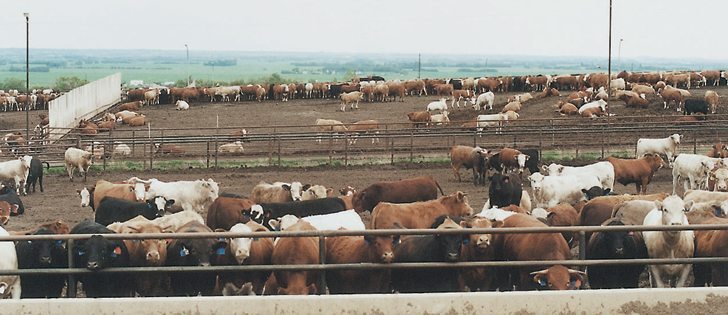Feedlots snapping up supply | Elevator company might be assembling supply for export deal
Feed barley bids in southern Alberta have jumped $15 to $20 a tonne in the last several weeks, and prices may continue to rise.
Allen Pirness, a trader with Market Place Commodities, said that’s partly because barley growers aren’t in a selling mood.
“Farmers aren’t motivated to sell until their price is hit,” he said. “It seems like they all have tax problems instead of cash flow problems this year.”
Farmers’ reluctance to sell, combined with feedlots looking to cover their spring feeding needs, has driven up the cash price of feed barley in southern Alberta by $20 per tonne over the last month.
Read Also

Farm groups ask feds for export sales reporting
The Agricultural Producers Association of Saskatchewan and SaskCrops asks the federal government to create an Export Sales Reporting program.
In mid-February, buyers and sellers in Lethbridge were agreeing to a price of $210 per tonne. By the second week of March, feed barley bids in Lethbridge were running at $230 per tonne.
Errol Anderson of Pro Market Communications in Calgary said demand is pulling the price higher because feedlots are short on barley and spring road bans on trucking will soon arrive.
“You have a situation where they’re scrambling to secure supplies right now, so the bids have moved up about $10 to $15 a tonne … over the last two weeks,” he said.
However, Anderson doesn’t think the rally will last, so producers sitting on feed barley should sell now.
“When these feedlots eventually get covered, which they will, then the market will pull back,” he said.
“This strength will probably last for another … three four weeks…. It’s a really good time for growers to price into (the market).”
Pirness isn’t as certain. He said other factors are driving the rise in feed barley prices, including an elevator company that is buying barley in Western Canada.
“A line company is looking to sell an export sale through the elevator network. So that’s causing more localized demand … as they are bidding more competitively.”
As well, producers learned this winter that commodity prices, such as canola, can continue to rise even when everyone expects prices to plateau or fall.
“The guys that sold their canola early, they feel like they missed out on it a bit. They’re not really willing to sell anything right now,” said Pirness, who noted that feed barley prices could stay at current levels or go higher.
“I’ve had feedlots telling me they don’t believe it (higher feed barley prices) is here to stay. But I wonder about that…. I think it’s here to stay.”
He said southern Alberta has been disconnected from the larger feed grain market because an abundance of feed wheat has restrained feed barley prices. However, that phenomenon will eventually come to an end, he added.
“As that stuff works through the system, it seems rational that (barley) prices would work higher,” he said.
There is room for barley to rise because buying corn as a replacement grain isn’t an economical option for feedlot operators, he added.
“U.S. corn might be $300 a tonne, in that neighbourhood. So we’re still quite a bit cheaper.”
















